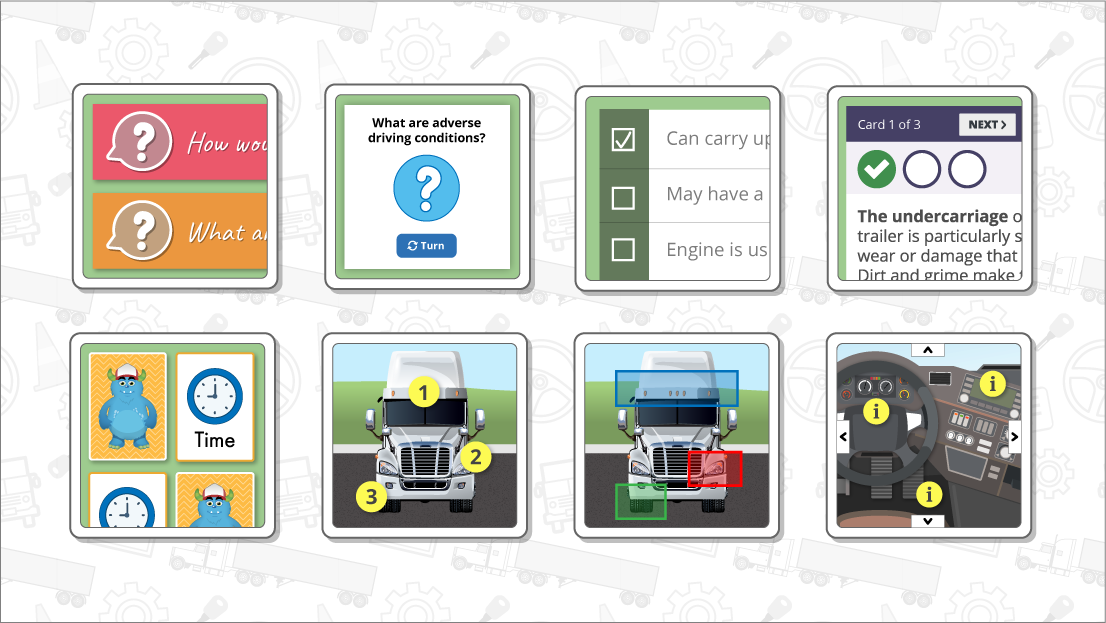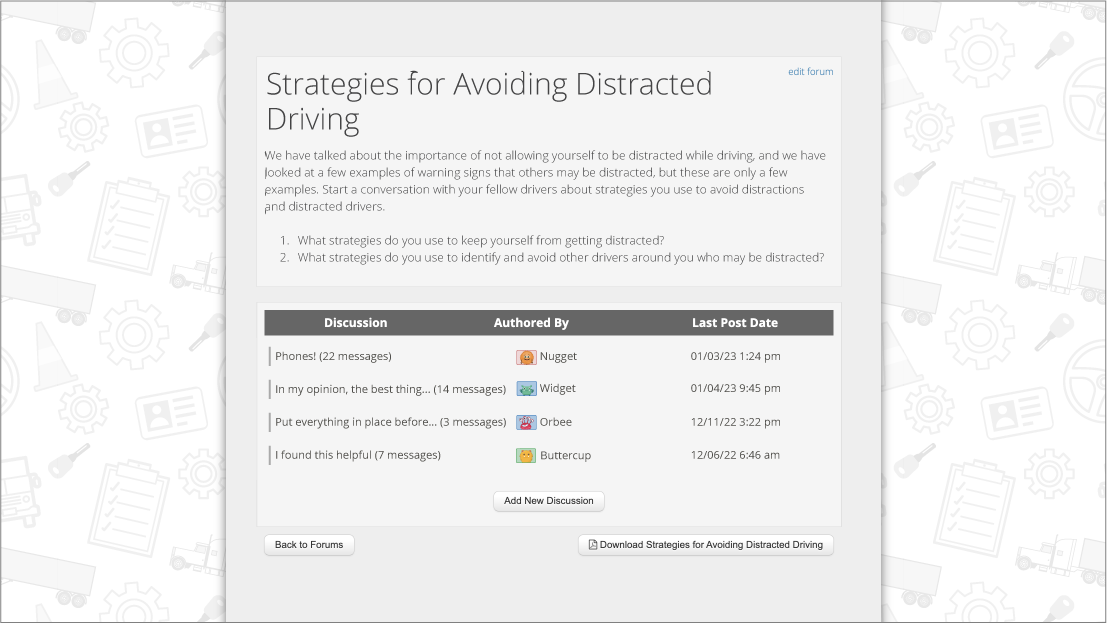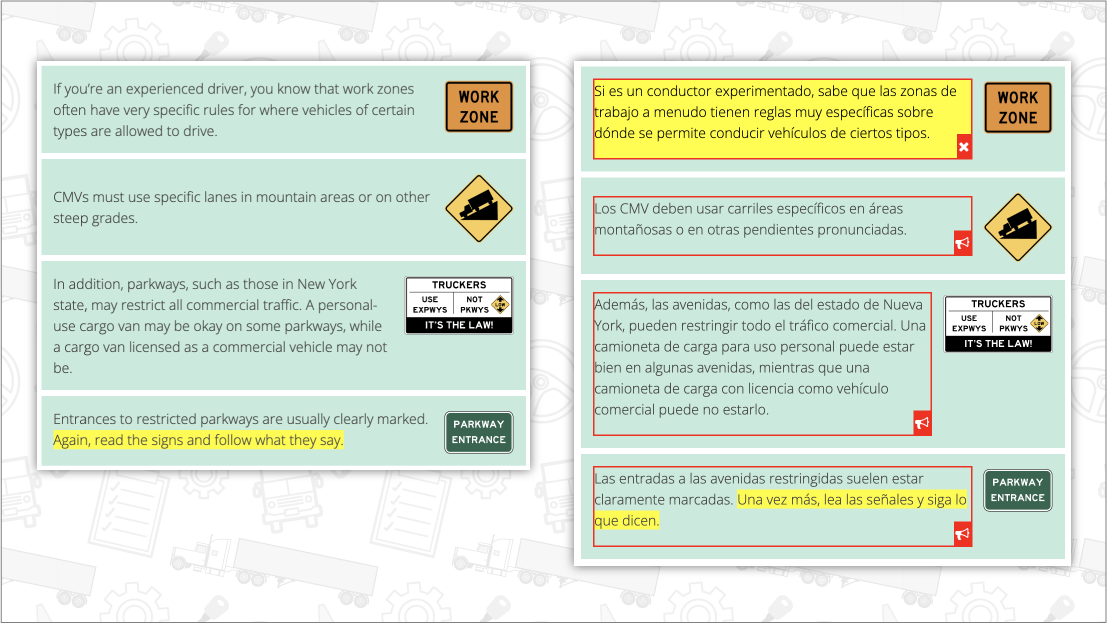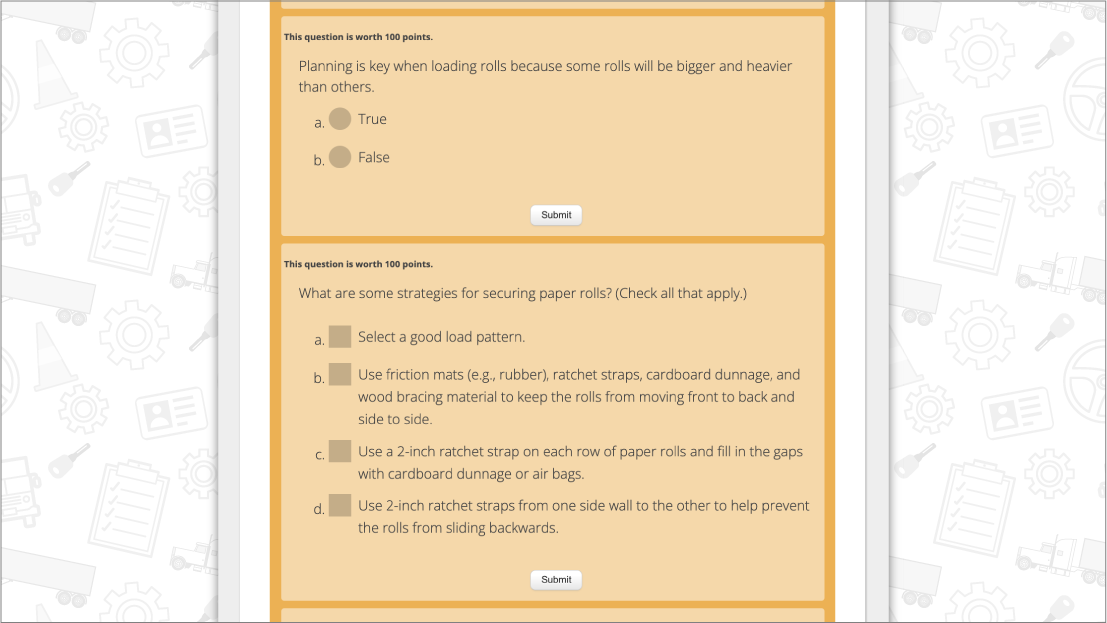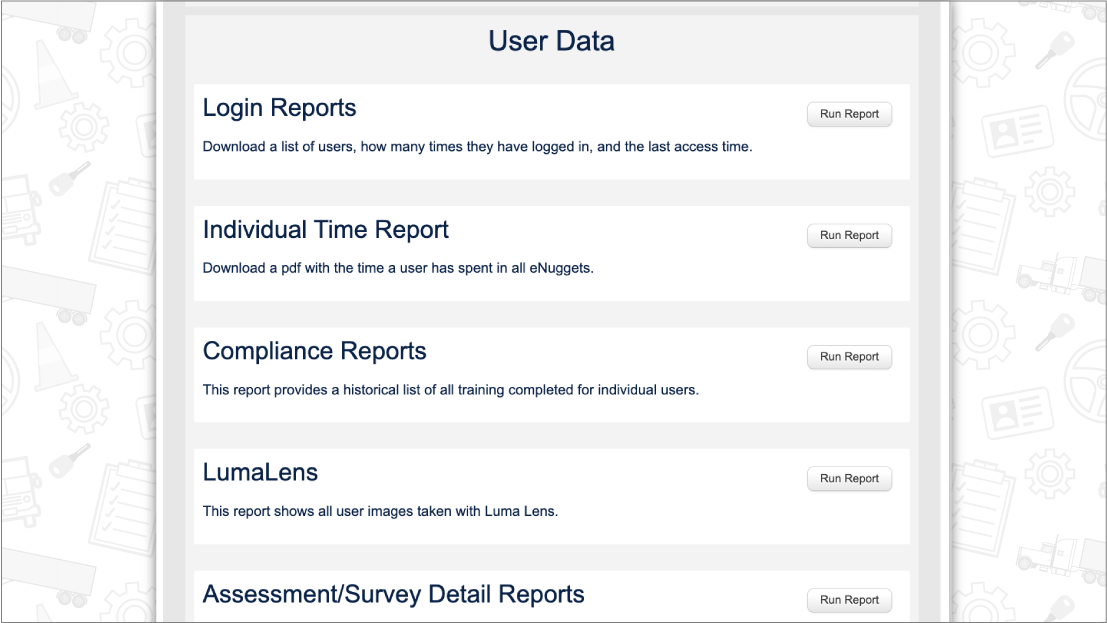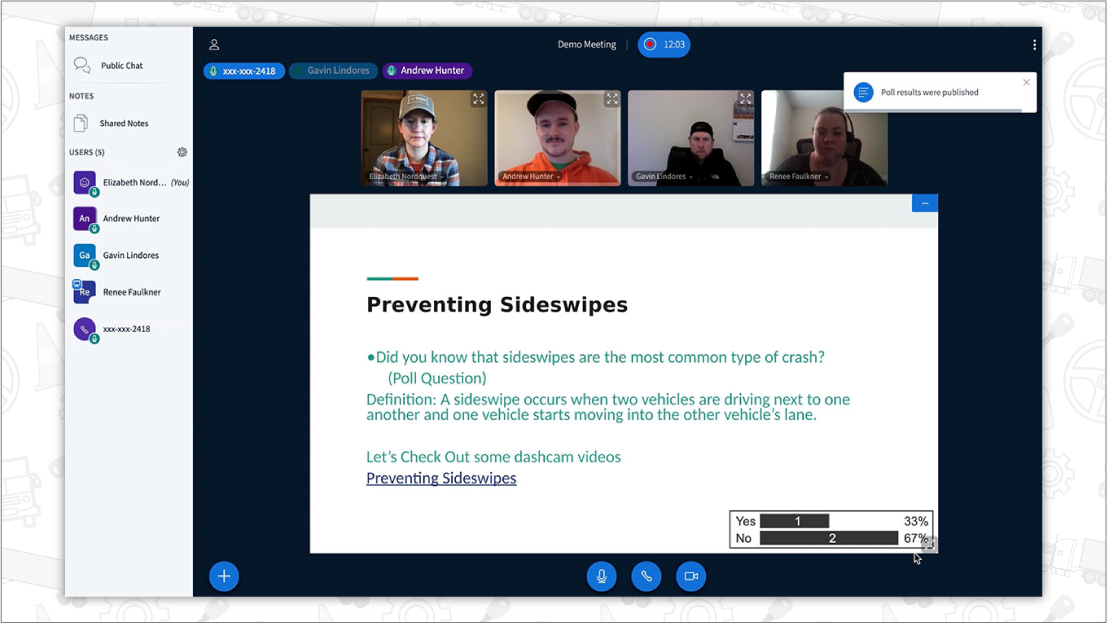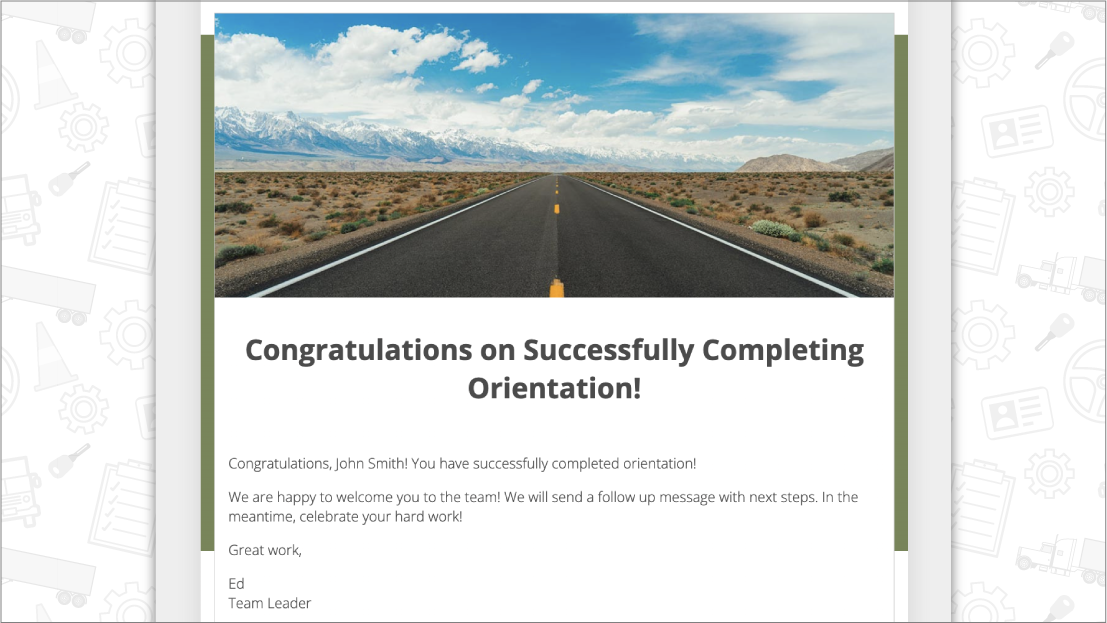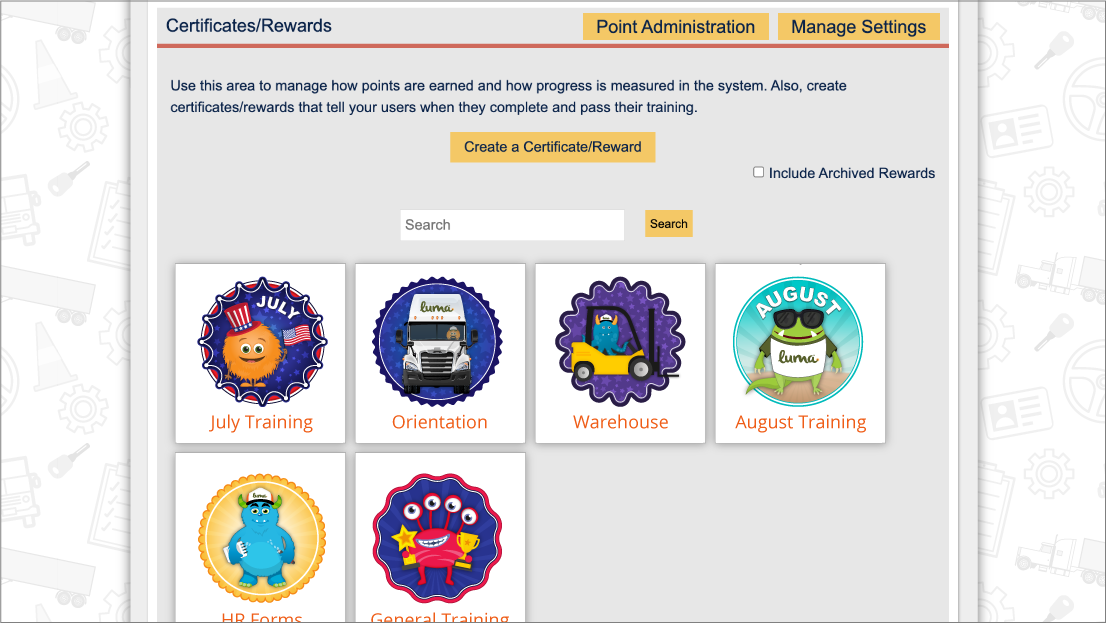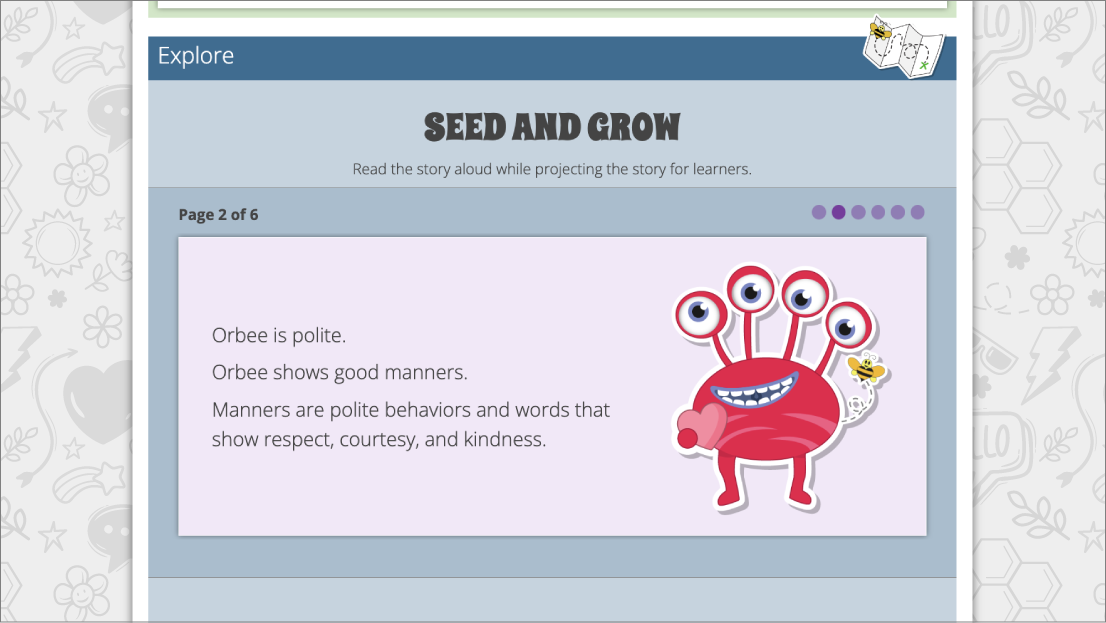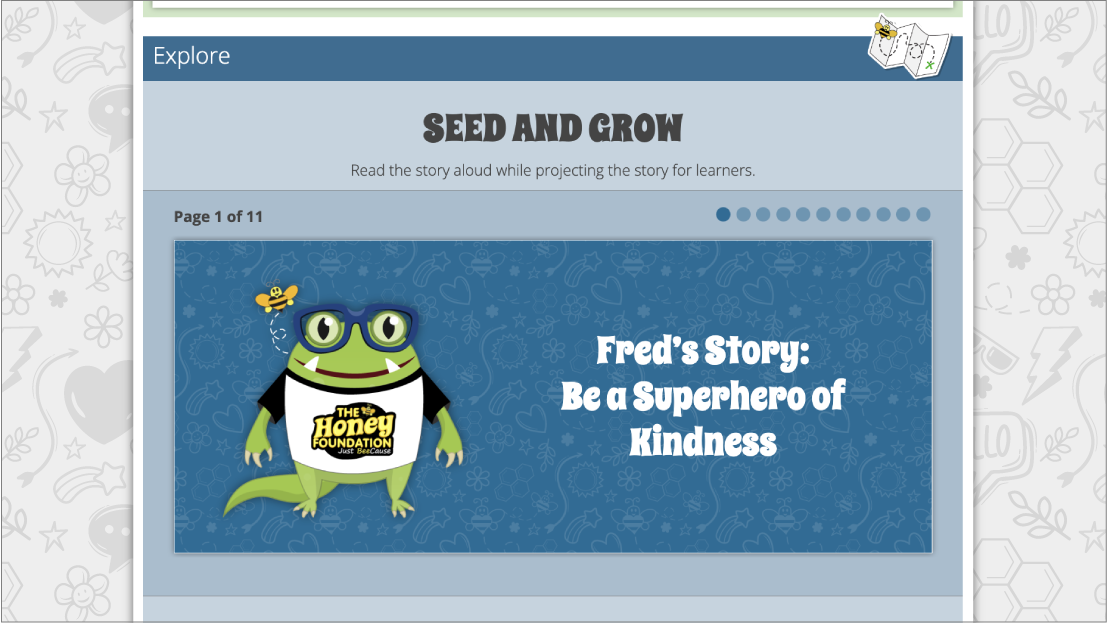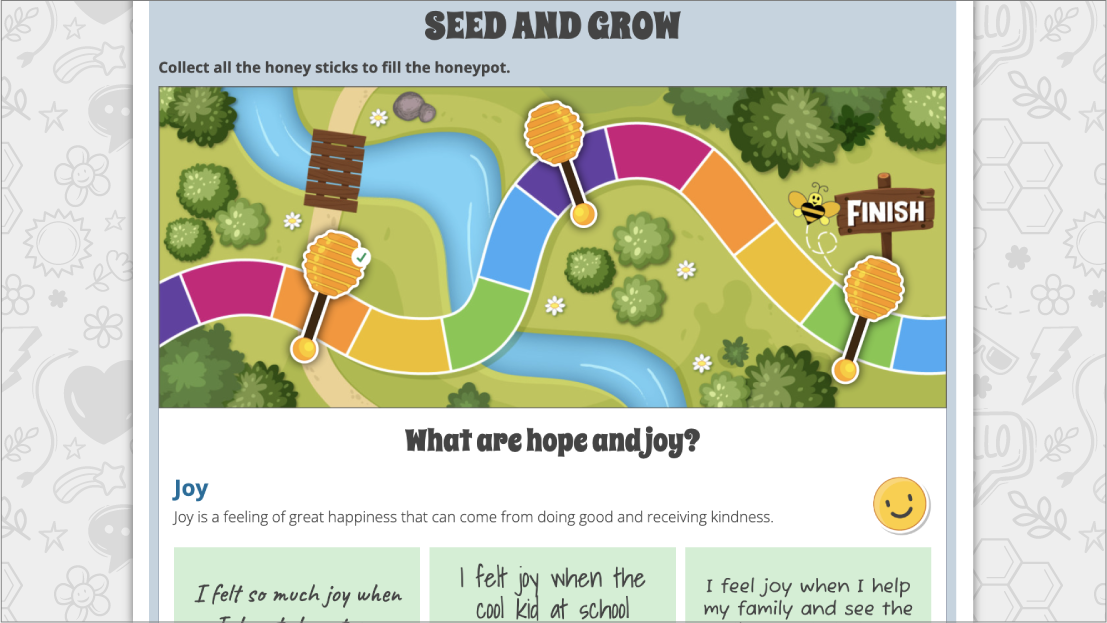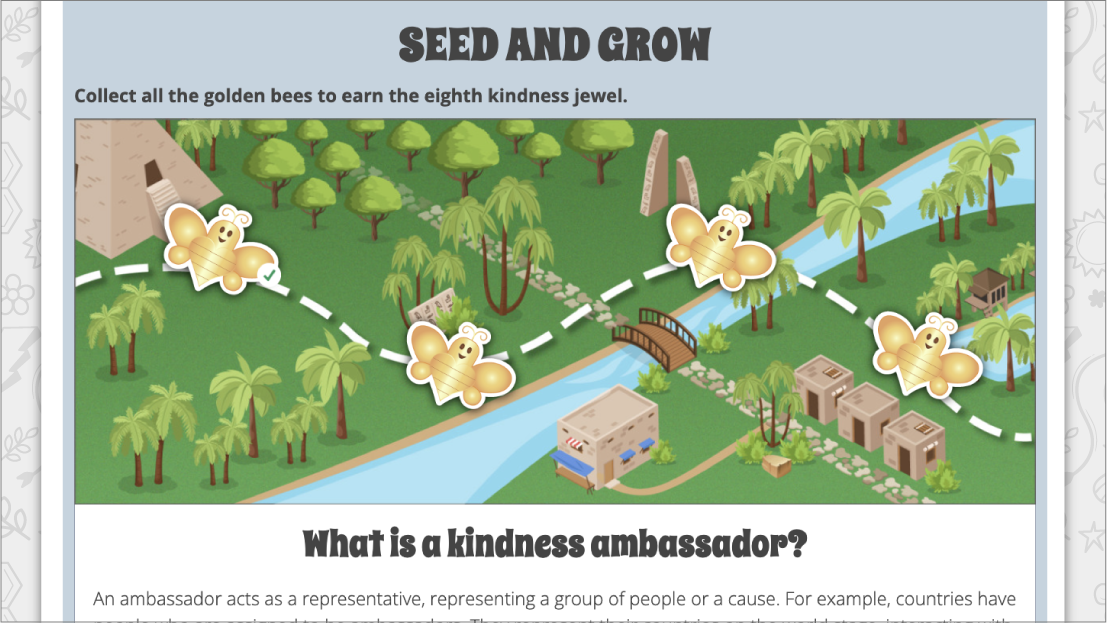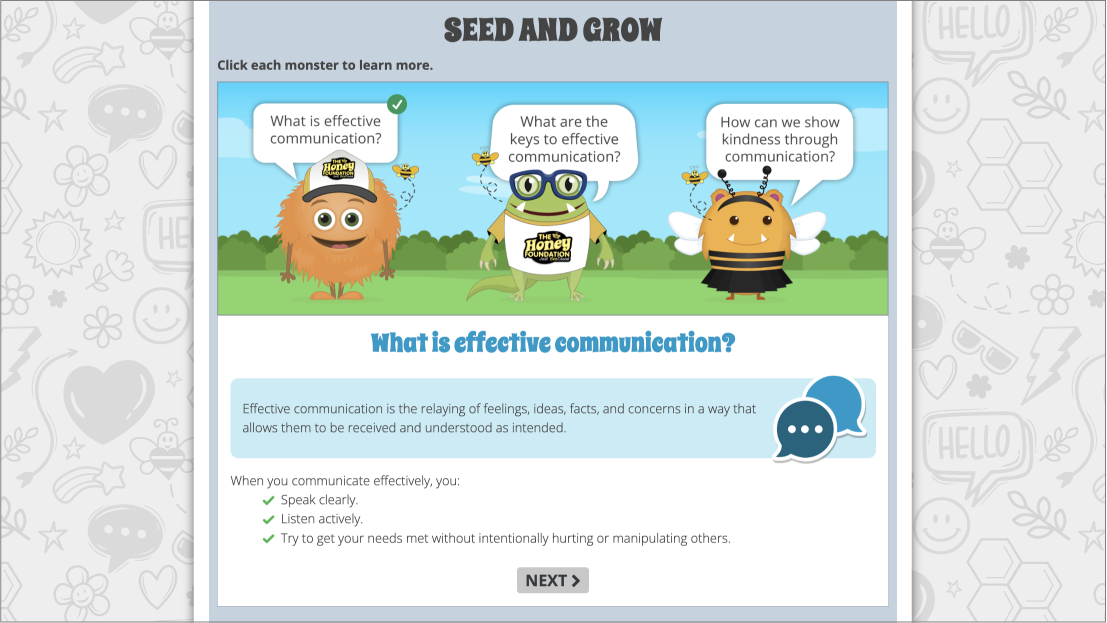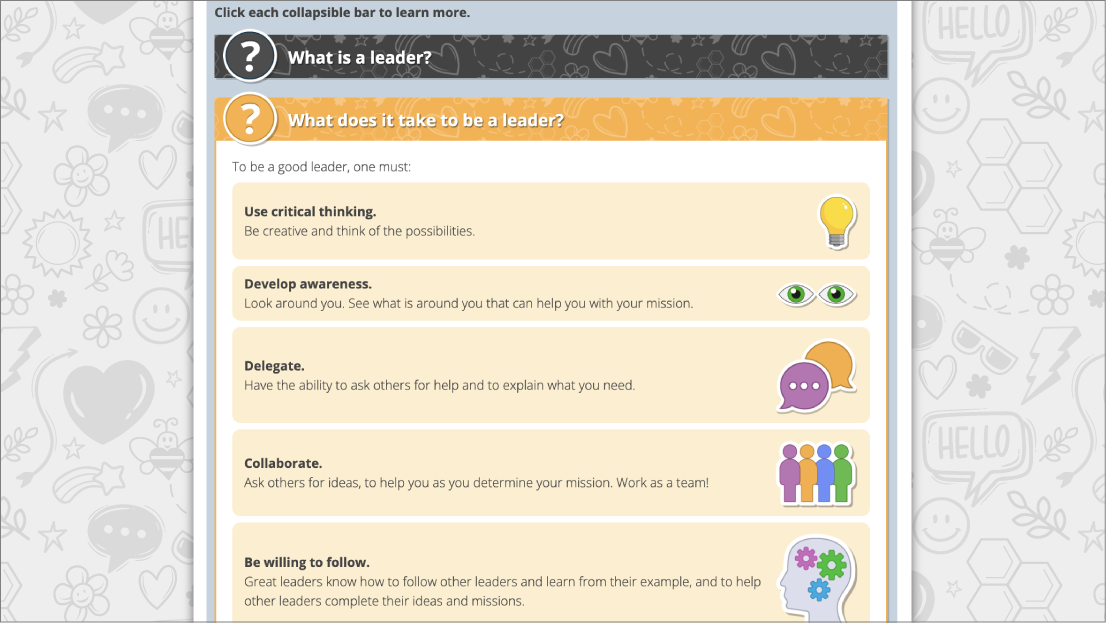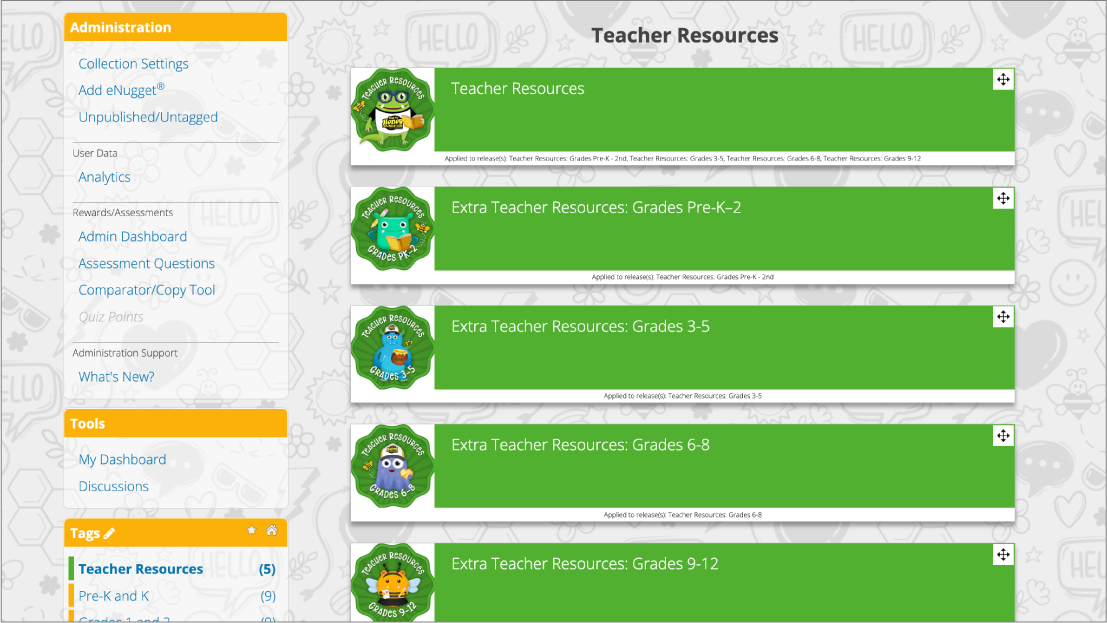
Strategies to Be Optimistic
We thought it might be helpful to provide ideas for different ways of interacting with users if you are unable to go to a physical classroom to teach learners. This is a good time to pause and check on the health and well-being of others. The purpose of this week’s learning strategy is to support the social emotional well-being of learners.
 Have your heard? Our Learning Lessons have been collected into a book available for purchase on Amazon.com! Teaching Without A Teaching Degree: Luma Learning Lessons contains 52 lesson plans and worksheets with 106 different teaching strategies designed for the trucking industry that can easily be adapted to suit any age and content topic.
Have your heard? Our Learning Lessons have been collected into a book available for purchase on Amazon.com! Teaching Without A Teaching Degree: Luma Learning Lessons contains 52 lesson plans and worksheets with 106 different teaching strategies designed for the trucking industry that can easily be adapted to suit any age and content topic.Our free Luma Learning Lessons include objectives, estimated time, materials and instructional procedures for classroom and online/blended teaching. We will provide strategies on how to use our new LumaLive technology to collaborate virtually in real-time. We include these pillars from our learning research to illustrate where they are infused in our lessons.
Interaction Types

For decades there has been discussions of interaction types in education. (Anderson, 2003) Most interaction types observed in driver training traditionally are learner to instructor or learner to content. Moreover, most interaction time with driver training and orientation is synchronous or at the same time. This Learning Strategy is going to help you think about ways you can hold training without a physical classroom.
Interaction Time
The following Lesson is broken down into two different interaction times.
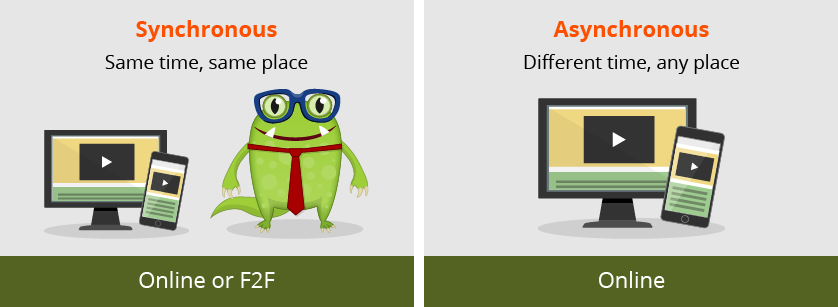
Objectives
|
|
Estimated Time60 minutes |
|
Materials
|
(or at the same time without a classroom)
We are going to assume that you do not have access to a physical classroom. However it could be adapted for a physical classroom.
- Meet with learners using LumaLive or similar webinar technology that allows you to meet at the same time.

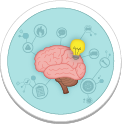 Create a poll that asks learners? How are you feeling? Give them time to self reflect. In LumaLive learners can not see each other’s responses. Have this be a self reflection. Post the results of the poll to learners.
Create a poll that asks learners? How are you feeling? Give them time to self reflect. In LumaLive learners can not see each other’s responses. Have this be a self reflection. Post the results of the poll to learners.
 Learners can see that not everyone feels the same. It is important to meet learners where they are at emotionally. Tell them it is ok to recognize your feelings.
Learners can see that not everyone feels the same. It is important to meet learners where they are at emotionally. Tell them it is ok to recognize your feelings.
 Optional:
Optional:
Have learners turn on their videos.
 Explain to them the purpose of this activity to help learners change the pattern of their thinking
Explain to them the purpose of this activity to help learners change the pattern of their thinking
 Pass out the Strategies to Be More Optimistic Worksheet. Have them write down how they are thinking right now. Have them take a colored pencil or marker and circle anything that they perceive as a negative thought.
Pass out the Strategies to Be More Optimistic Worksheet. Have them write down how they are thinking right now. Have them take a colored pencil or marker and circle anything that they perceive as a negative thought.
 On the whiteboard, have learners share any examples of negative thoughts. You can use this as an example: “This week, I’m away from home for 4 days! I just wish I could sleep in my own bed!”… When you catch yourself thinking this way, pause and think about the reason why you are working so hard. “I am supporting my family and my future by working this week. And I intend to enjoy the time I am home without worry.”
On the whiteboard, have learners share any examples of negative thoughts. You can use this as an example: “This week, I’m away from home for 4 days! I just wish I could sleep in my own bed!”… When you catch yourself thinking this way, pause and think about the reason why you are working so hard. “I am supporting my family and my future by working this week. And I intend to enjoy the time I am home without worry.”
 Have them answer to themselves, Why is it important to refocus negative thoughts?
Have them answer to themselves, Why is it important to refocus negative thoughts?


 Have the learners find a picture that makes them smile. Ask for volunteers to share their screen and share their pictures. If you are in a classroom, you can have them share from their phones.
Have the learners find a picture that makes them smile. Ask for volunteers to share their screen and share their pictures. If you are in a classroom, you can have them share from their phones.
 Have them answer to themselves, Why is it important to refocus negative thoughts?
Have them answer to themselves, Why is it important to refocus negative thoughts?


 Have the learners write down 1 thing they are grateful for. Ask for volunteers to share with the other students.
Have the learners write down 1 thing they are grateful for. Ask for volunteers to share with the other students.
 Have them answer to themselves, Why is it important to find things each day that we are grateful for even in the toughest of times?
Have them answer to themselves, Why is it important to find things each day that we are grateful for even in the toughest of times?



 Have the learners set a daily goal for themselves. It can be something like calling a family member or friend each day or learning how to do something new. Ask for volunteers to share with the other students their goals. Explain that it is important to start small with little goals so they can accomplish them.
Have the learners set a daily goal for themselves. It can be something like calling a family member or friend each day or learning how to do something new. Ask for volunteers to share with the other students their goals. Explain that it is important to start small with little goals so they can accomplish them.
 Have them answer to themselves,
Have them answer to themselves,
Why is it important to set goals?


 Finally, ask learners to decide what it means for them to take a breather. Ask for volunteers to share with the other students their reasons.
Finally, ask learners to decide what it means for them to take a breather. Ask for volunteers to share with the other students their reasons.
 Have them answer to themselves,
Have them answer to themselves,
Why is it important to take a breather?

 Now go around the group and ask students to share what they put for their Whys? Give lots of positive feedback for their thinking and stress the importance of each step.
Now go around the group and ask students to share what they put for their Whys? Give lots of positive feedback for their thinking and stress the importance of each step.- Challenge the students to use these steps to work through a daily journal. Feel free to use and adapt the Strengths and Challenges Journal. Modify it to fit your schedule and learner needs.



 Optional: Schedule one-on-one follow up sessions with learners to see how they are doing and to discuss their journals. You can have a sign up sheet for met up sessions. You can also match up learners with other learners to check in and discuss their journals.
Optional: Schedule one-on-one follow up sessions with learners to see how they are doing and to discuss their journals. You can have a sign up sheet for met up sessions. You can also match up learners with other learners to check in and discuss their journals.
(or not at the same time)

 Send out our eNugget® on Strategies to Be More Optimistic to complete. Have them also complete the Strategies to Be More Optimistic Worksheet.
Send out our eNugget® on Strategies to Be More Optimistic to complete. Have them also complete the Strategies to Be More Optimistic Worksheet.
 Have learners post their completed worksheets to an online discussion board and answer 2 of the following questions.
Have learners post their completed worksheets to an online discussion board and answer 2 of the following questions.
- Why is it important to refocus negative thoughts?
- Post a picture that makes you smile and tell us why.
- Why is it important to find things each day that we are grateful for even in the toughest of times?
- Why is it important to set goals?
- Why is it important to take a breather?


 Challenge learners to respond to 3 other learners that responses made them go: oh yeah, oh no, or Hmm.
Challenge learners to respond to 3 other learners that responses made them go: oh yeah, oh no, or Hmm.- Give them the requirement that they have to respond to anyone that posts a comment to their post.

 Optional: Post the Strengths and Challenges Journal and have learners fill it out. They can submit completed journals for feedback. As the instructor you can leave feedback and comments directly on their journal.
Optional: Post the Strengths and Challenges Journal and have learners fill it out. They can submit completed journals for feedback. As the instructor you can leave feedback and comments directly on their journal.
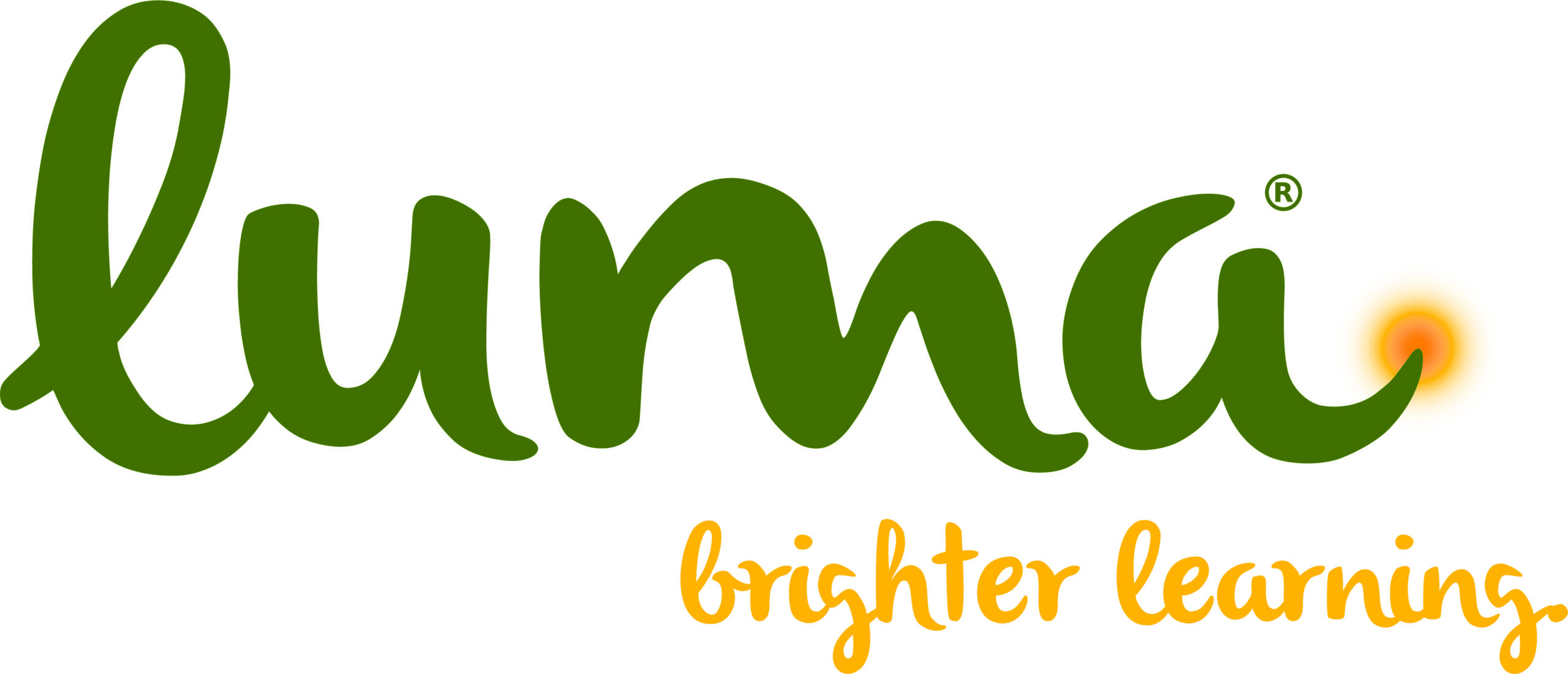
 Luma® is a learning and instructional design company that is always coming out with new training topics. Need something specific? Give us a call at (574) 807-8148 ext 5 or email
Luma® is a learning and instructional design company that is always coming out with new training topics. Need something specific? Give us a call at (574) 807-8148 ext 5 or email 